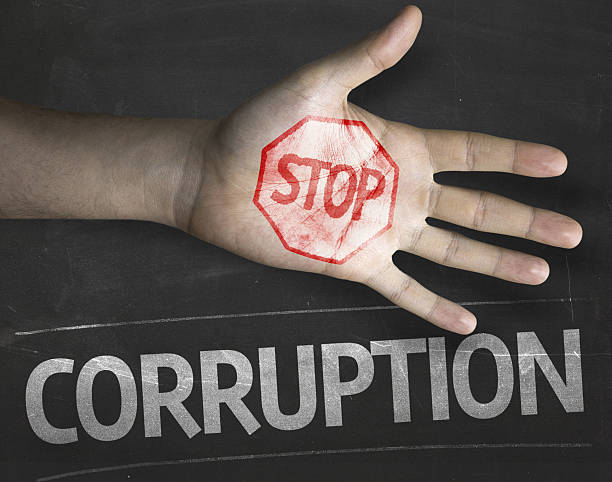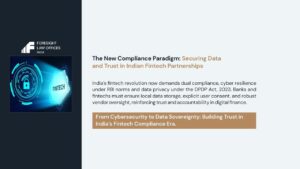The Lokpal and Lokayuktas Act, 2013 aimed squarely at combating corruption at the highest levels of public service. Enacted after a massive public movement demanding accountability, the law created an independent institution empowered to inquire into allegations of corruption against public functionaries. But while the Lokpal is often seen as a broad anti-corruption ombudsman, the Act’s actual scope is tightly defined. It is not designed to address every grievance involving a public servant, rather it exists for a very specific purpose: to address corruption as defined under the Prevention of Corruption Act, 1988.
The legal design of the Lokpal Act reflects this specificity. A complaint is only maintainable if it alleges an offence punishable under the Prevention of Corruption Act. The law ensures that only credible, corruption-related allegations against identifiable public servants are entertained. The procedural rules reinforce this intent by requiring complainants to detail the specific corrupt act and the legal provision it violates.
This strict legal filter was evident in several recent cases that drew public attention. Recently, in one case involving the Container Corporation of India, the Lokpal directed the CBI to register an FIR against a former deputy general manager and others accused of allowing illegal excavation on public land, causing a loss of over ₹1.6 crore. The Lokpal found enough evidence of collusion and violation of anti-corruption laws to warrant criminal investigation, showing that the institution can act swiftly and decisively when the allegations are clear and substantiated.
Another case related to land acquisition for Delhi’s Rani Jhansi Flyover raised concerns about possible manipulation by officials in collusion with private parties. Although ultimately closed due to procedural limitations, the Lokpal observed serious irregularities and urged further action by appropriate authorities. This reflected its advisory power when a case falls outside its strict legal jurisdiction but still warrants institutional scrutiny.
Perhaps the most debated development came when the Lokpal suggested that even sitting High Court judges could fall within its purview. The matter reached the Hon’ble Supreme Court, which stayed the Lokpal’s order and initiated a suo motu review. This move triggered an important national conversation about the balance between judicial independence and accountability under anti-corruption frameworks.
These examples show that the Lokpal is not intended to function as a general grievance redressal body or a forum for service-related disputes. Its purpose is more focused and powerful: to act against public corruption, using the Prevention of Corruption Act as its legal foundation. When it sticks to this mandate, the Lokpal plays a vital role in strengthening democratic accountability. But to maintain that strength and legitimacy, the institution must ensure it operates strictly within the boundaries set by law. The Act’s intent was never to resolve every administrative wrong, rather it was to fight corruption, and that remains its true purpose.






